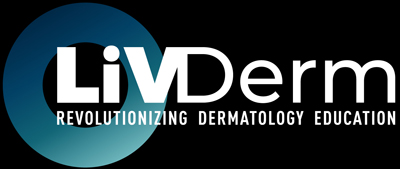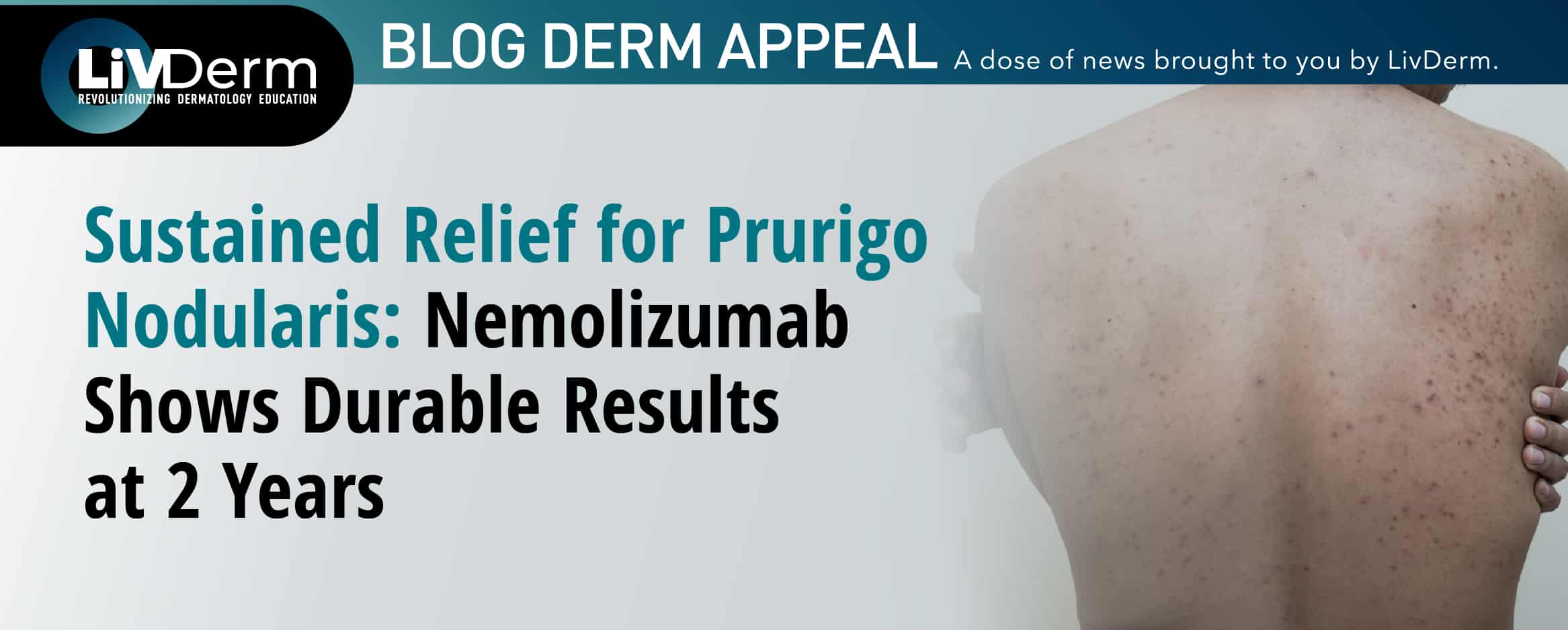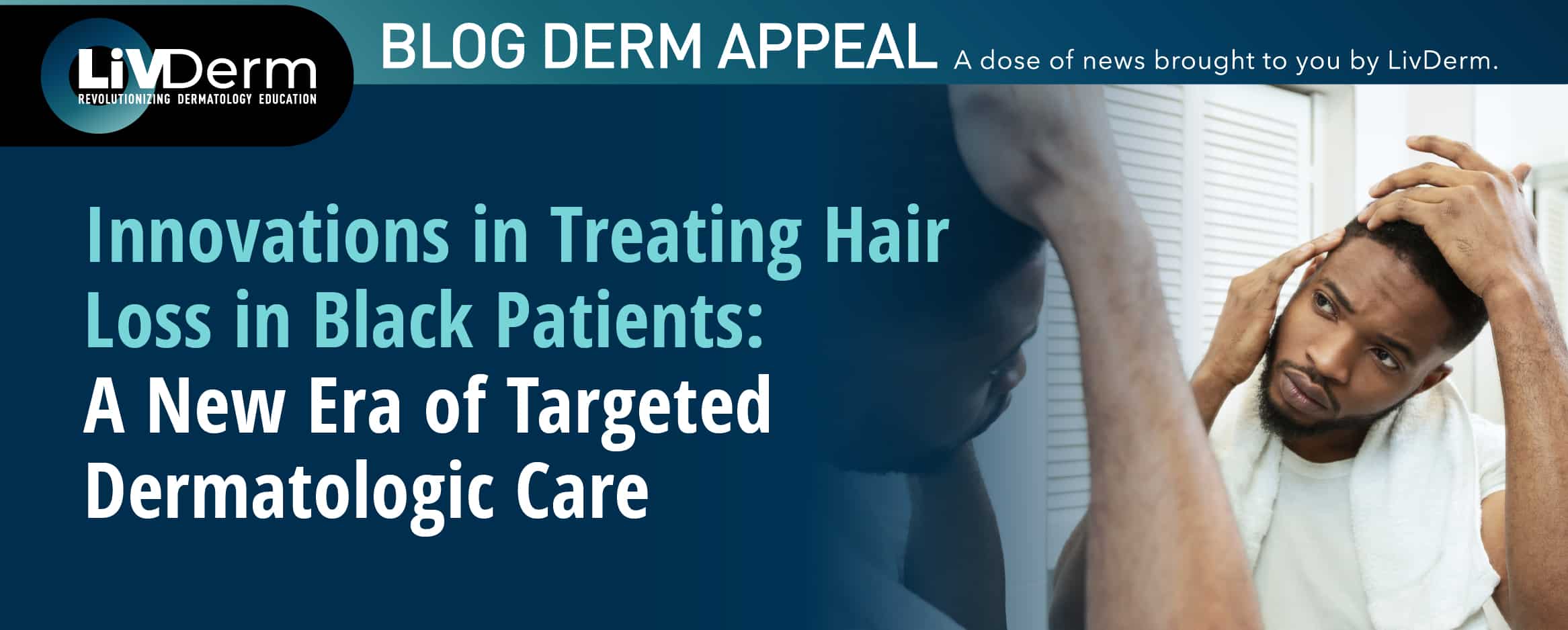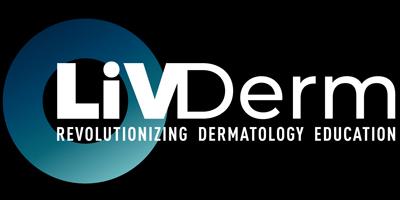Hidradenitis suppurativa (HS) in adults is well-known for its chronicity and impact, but a growing body of evidence shows that the condition often begins in childhood, where it carries unique physical and psychological consequences.
Recent data suggest that pediatric HS is frequently accompanied by other health concerns, including acne, obesity, anxiety, and hormonal imbalances—factors that demand integrated, proactive care.
Key Comorbidities in Pediatric Onset
Adolescents and preteens with HS experience significantly higher rates of obesity, with approximately 37% affected—nearly twice the national average. Acne vulgaris is similarly prevalent, impacting roughly 43% of young patients. Mental health is another area of concern: anxiety affects approximately 18%, with depression also prominently reported, highlighting the emotional toll of living with a painful and often stigmatizing condition.
These findings, drawn from 19 observational studies involving over 17,000 pediatric cases, reflect a clear pattern—many children with HS are contending with overlapping medical and psychosocial stressors during a formative stage of life.
Understanding the Full Picture
The interconnected nature of these comorbidities reveals complex pathophysiology.
- Obesity contributes to friction and inflammation in skin folds—thereby exacerbating HS lesions
- Acne and HS co-occurrence suggest shared follicular occlusion and inflammatory pathways, presenting combined treatment challenges
- Hormonal factors, such as hirsutism and early puberty, may play a role in disease onset and severity
- Anxiety and depression often follow the disease trajectory, with pain, odor, and social stigma contributing to emotional distress
For dermatologists, recognizing these patterns is essential. Pediatric HS is rarely an isolated skin condition, it’s part of a multifaceted syndrome that affects the whole child.
Clinical Implications for Dermatologists
Managing HS in children requires a whole-person approach. In addition to dermatologic care, support from primary care, nutrition, endocrinology, and behavioral health providers is often needed. Addressing weight concerns and acne can help reduce disease burden, while early mental health screening supports emotional resilience.
Practical steps in the clinic may include:
- Regular BMI tracking
- Assessments for acne severity and hormonal indicators
- Brief, routine mental health check-ins
- Timely referrals to relevant specialists or support services
Path Forward: Education, Collaboration, Advocacy
Dermatology teams should prioritize provider and patient education about the complex nature of pediatric HS. Collaborations with school systems and primary care physicians can facilitate earlier identification and holistic support.
Clinicians should also advocate for clinical guidelines that address comorbidity screening and co-management pathways. Ensuring that HS in children is approached as a systemic disease, rather than just painful nodules, will help reshape outcomes and reduce long-term burdens.
Conclusion
Pediatric HS presents not just as lesions, but as a constellation of physiologic, emotional, and social challenges. By embracing a holistic, multidisciplinary model, dermatology professionals can transform how young patients experience the disease—reducing stigma, improving quality of life, and laying the groundwork for healthier futures.
Sources:
















